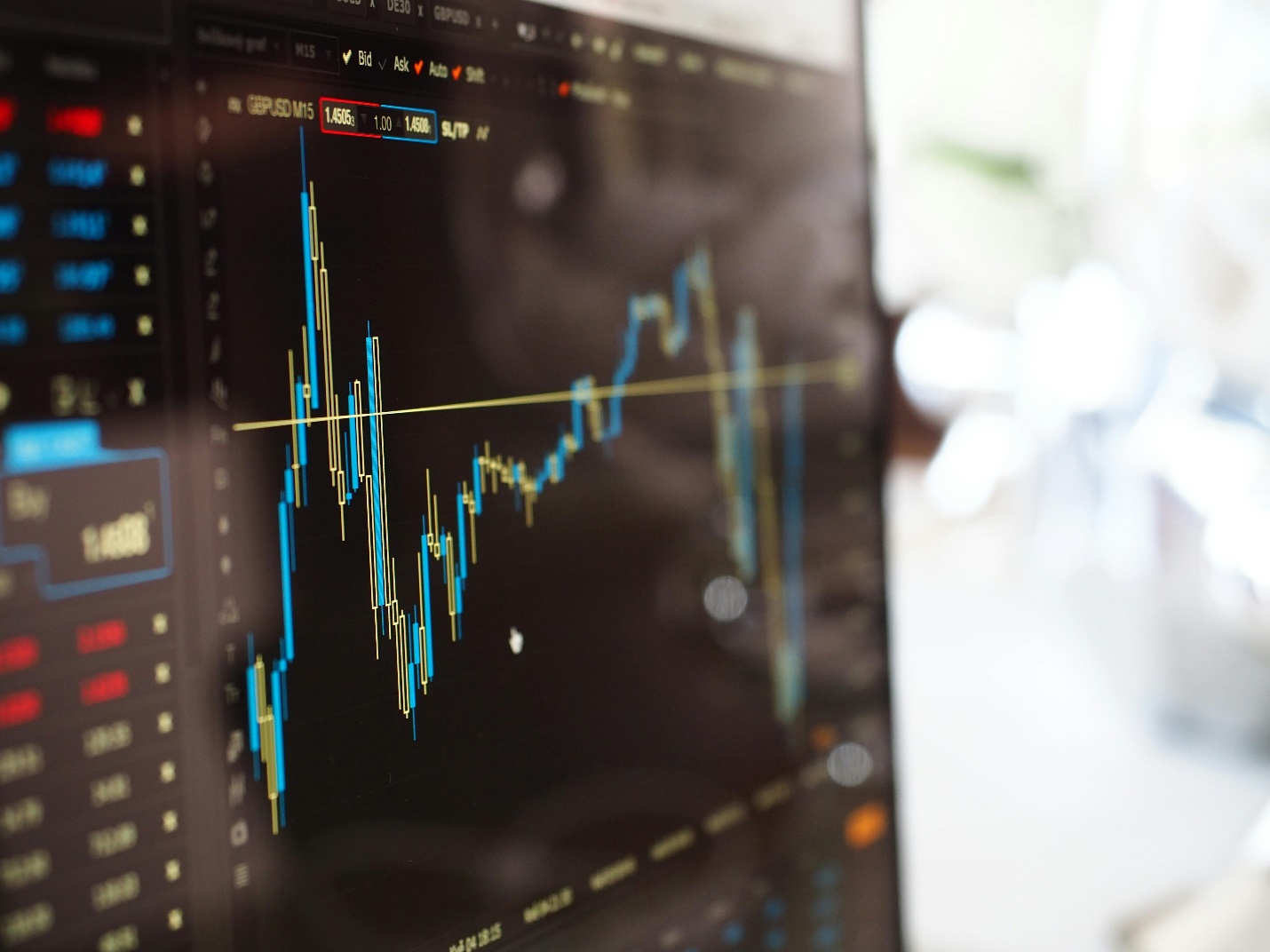
The luxury market has seen explosive growth in the last five years. However, as the final quarter of 2024 approaches, it sees a more turbulent future. While CAGR still looks positive, the overall economic slowdown will require investors to be mindful of what specific brands and sections of the market they tap into during this time.
A survey of luxury brands on Forbes revealed that the strategy for 71% of the top brands is devotion to quality, followed closely by authenticity and craftsmanship. As such, it’s good to know which brands live up to this ideal and remain profitable despite the fluctuating market. With the longer-term outlook for the luxury market still bullish, there are a few stocks worth keeping an eye on for growth.
1. Hermès
The RMS EBIT margin is 42.86%, far above its contemporaries. The brand’s continued efforts to cater exclusively to the high-end market maintain a solid profit margin over its operational costs. While still second to LVMH as the most valuable luxury brand in the world, its long-term value is worth monitoring as it has become touted as the most trusted luxury brand by consumers worldwide.
Much of Hermès’ success in uncertain economic times may be due to its main demographic being largely unaffected by global financial shifts. On top of that, it provides better innovative services to its consumers by using an omnichannel network. No branch looks the same as another regardless of country to reflect the bespoke nature of the brand. Over 294 branches are equipped with this omnichannel tech to remain connected to the overarching website, bringing services like repair, maintenance, made-to-measure, and gifting to buyers at a click.
2. EssilorLuxottica
EssilorLuxottica is the mothership of the luxury eyewear market. Its portfolio includes the likes of Ray-Ban, Persol, Vogue Eyewear, and Oakley, with licenses for Prada, Burberry, Coach, and more. With recent partnerships with Meta and Supreme, ESLX’s stock price has steadily increased in Q3 of 2024. Its 52-week high was at 219.0, with a dividend of 3.95. Its powerful strategy to reach and serve customers at every stage of the shopping experience has proven fruitful, with its latest license agreement with Target enabling Target Optical to reach 1.5 million consumers each year with a line of brands under ESLX.
This multi-year deal adds more power to the luxury brand’s stock, especially as it expands to otherwise untapped markets that want to dip into the world of luxury eyewear. Now, consumers can get eye exams at Target Optical across more than 560 locations in the United States alone. This goes hand in hand with their digital offerings, with operational costs kept down by outsourcing eye exams to Independent Doctors of Optometry who operate at or next to Target Optical. Using the omnichannel approach, EssilorLuxottica’s target market can refine their search by zip code, city, and state and immediately schedule a visit to a capable branch, where they can also see the different brands and products from ESLX in person.
3. Ferrari
Ferrari remains a reliable horse in the fast-paced and ever-changing stock market. As of 2024, it remains stable due to its premium price tag, which targets a consumer market hardly impacted by an increase in interest rates. In the luxury automobile category, RACE is driving market growth and boasts a market capitalization of $64 billion.
While its volume is comparatively low in the overall list of top car stocks, it’s still worth keeping an eye on Ferrari as it is one of the few significant luxury brands embracing cryptocurrency. From 2023, they started accepting Bitcoin, Ethereum, and USD Coin payments. As we’ve covered before, The Correlation Between Stock Market and Cryptocurrency is crucial to take note of as financial landscapes continue to shift. While crypto is still an evolving and volatile market, significant currencies already have higher liquidity. Moreover, they offer substantial market influences that can surge interest in affiliated brands, with prices independently moving from stock prices.